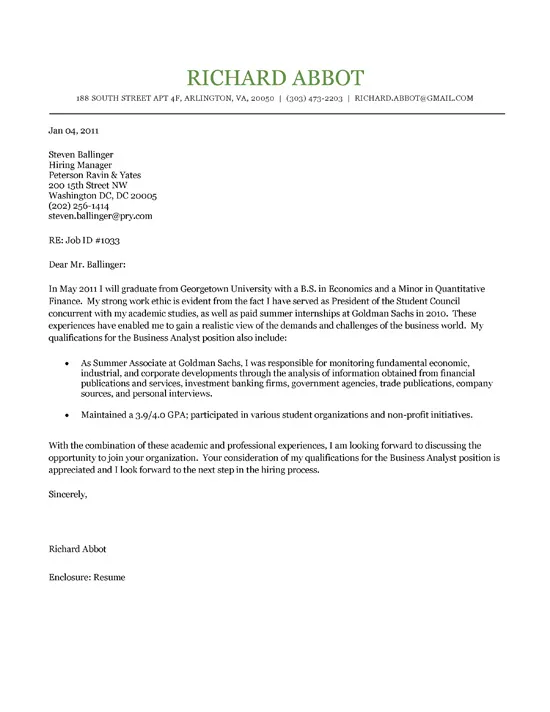Understanding the Berkeley Cover Letter
The Berkeley cover letter is a crucial element of your application, serving as your introduction to the hiring committee or admissions team. It’s your chance to showcase your personality, skills, and experiences beyond the confines of your resume. A well-crafted cover letter can significantly increase your chances of getting noticed and ultimately, securing an interview or admission. This guide will equip you with the knowledge and tools necessary to write a compelling cover letter that highlights your strengths and aligns with Berkeley’s values. Mastering this skill is pivotal for success in your academic or professional endeavors.
What is a Cover Letter
A cover letter is a one-page document that accompanies your resume when applying for a job, internship, or academic program. It provides context to your resume, elaborating on your qualifications and expressing your interest in the specific opportunity. Unlike a resume, which is a factual summary, a cover letter allows you to demonstrate your writing skills, personality, and genuine enthusiasm for the role or program. Think of it as a personalized introduction that helps you stand out from the crowd. It also allows you to address any potential gaps or weaknesses in your application, framing them in a positive light.
The Importance of a Strong Cover Letter
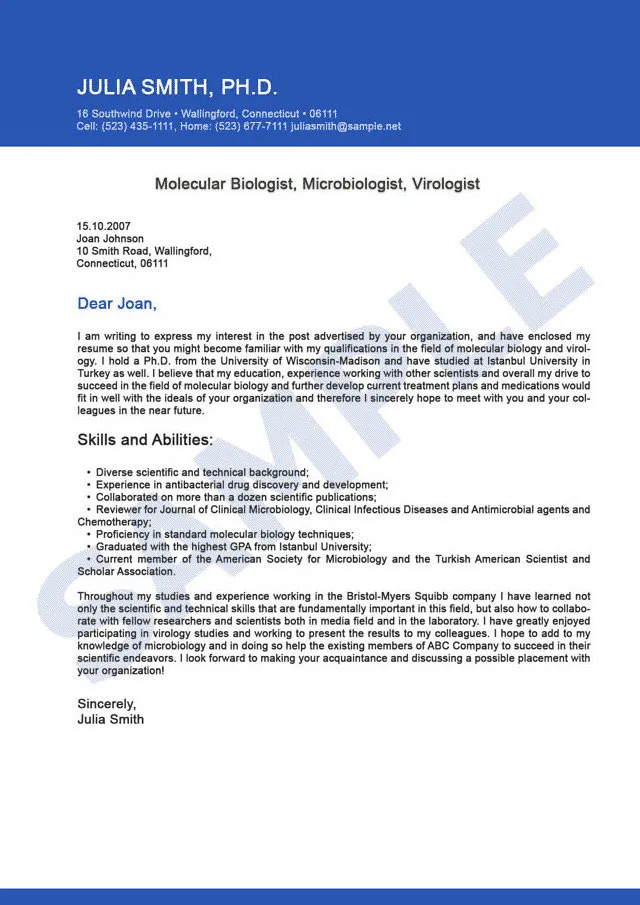
A strong cover letter is incredibly important for several reasons. First, it provides a context to your resume, allowing the reader to understand your career goals and your motivation for applying. Second, it highlights your relevant skills and experiences, showing how you meet the requirements of the position or program. Third, it provides a glimpse into your personality and communication skills, demonstrating your ability to articulate your thoughts effectively. Finally, a well-written cover letter showcases your attention to detail and your genuine interest in Berkeley, leaving a lasting positive impression on the reader. Many hiring managers and admissions committees will immediately look at the cover letter and make a quick judgement on whether to read the resume.
Key Components of a Berkeley Cover Letter
A compelling Berkeley cover letter typically includes several key components. First, a professional header with your contact information. Second, a personalized salutation to the hiring manager or admissions committee. Third, a captivating opening paragraph that grabs the reader’s attention. Fourth, a body paragraph that highlights your qualifications and relevant experiences. Fifth, another body paragraph that demonstrates your fit with Berkeley and expresses your enthusiasm. Sixth, a concise and confident closing paragraph, including a call to action. Finally, always end the letter with a professional closing and your signature. Following these guidelines will help you create a standout cover letter.
Header and Contact Information
Your header should include your full name, address, phone number, and professional email address. Ensure the header is consistently formatted and visually appealing. It should appear at the top of the page, either left-aligned or centered. Double-check all contact information for accuracy to ensure the reader can easily reach you. Consider using a professional-looking font and font size to maintain a polished appearance. This section ensures the reader can easily contact you to schedule an interview or follow up on your application.
The Salutation
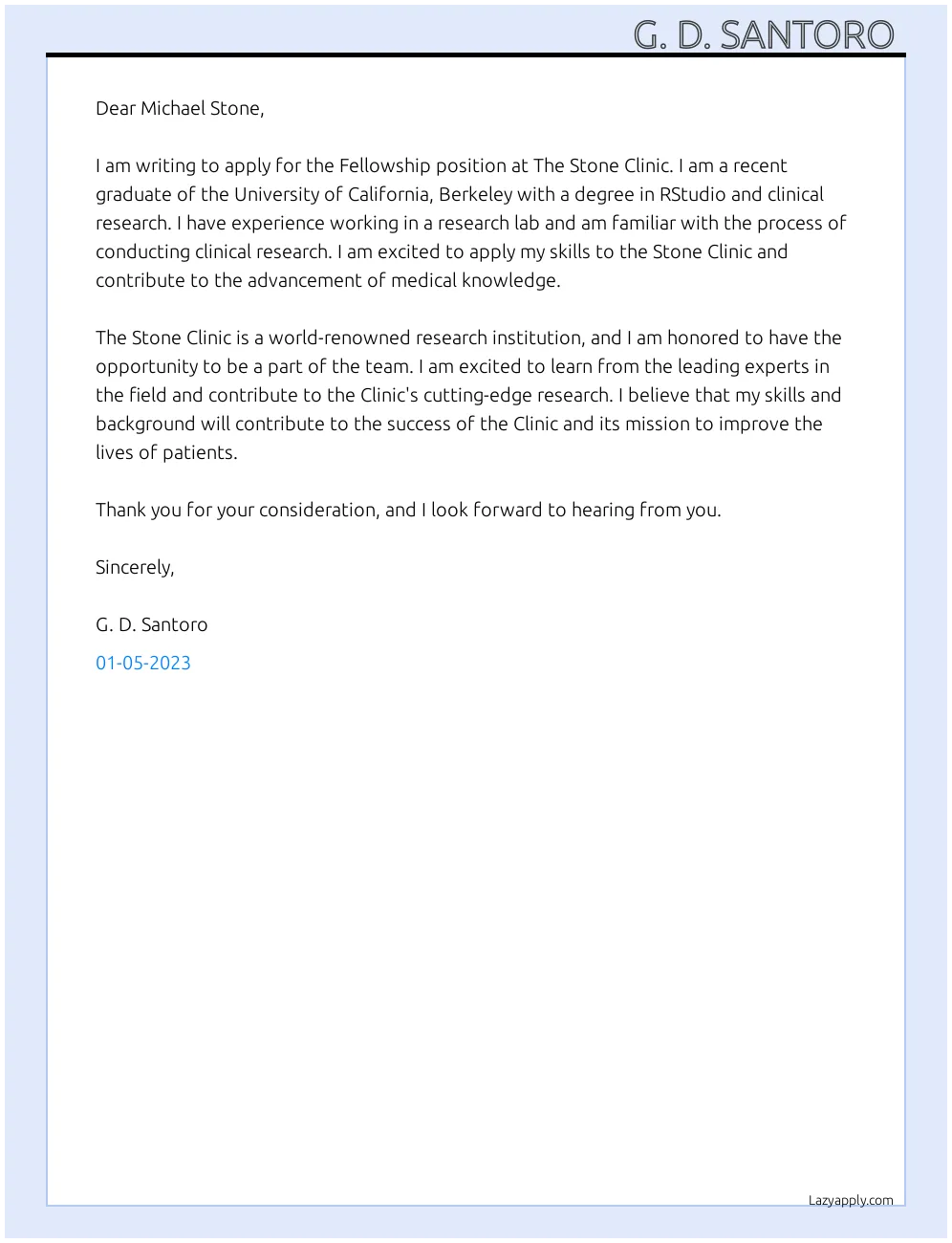
Always address the hiring manager or admissions committee by name whenever possible. Research the specific person’s name and title. If you can’t find a specific name, use a professional greeting such as “Dear Hiring Manager” or “Dear Admissions Committee.” Avoid generic salutations like “To Whom It May Concern.” Using a specific name shows that you’ve done your research and are genuinely interested in the opportunity. The salutation sets the tone for the rest of your cover letter and indicates your level of professionalism and attention to detail.
Crafting Your Opening Paragraph
The opening paragraph is your first opportunity to grab the reader’s attention. Start with a strong statement that captures their interest. State the position or program you are applying for and where you saw the advertisement. Briefly mention why you are interested in the specific opportunity and what makes you a good fit. Avoid generic introductions and instead, showcase your personality and enthusiasm. Your opening should be concise, compelling, and set the stage for the rest of your cover letter, enticing the reader to continue reading and learn more about your qualifications and interest.
Highlighting Your Qualifications
In the body of your cover letter, highlight your relevant qualifications and experiences. Identify the key skills and experiences required for the position or program. Provide specific examples that demonstrate your abilities. Use action verbs to describe your accomplishments. Quantify your achievements whenever possible to provide concrete evidence of your impact. Tailor your examples to match the specific requirements of the opportunity. Connect your skills and experiences to the goals and mission of Berkeley. Remember, show, don’t tell. Your qualifications are what set you apart and make you a strong candidate.
Showcasing Relevant Experiences
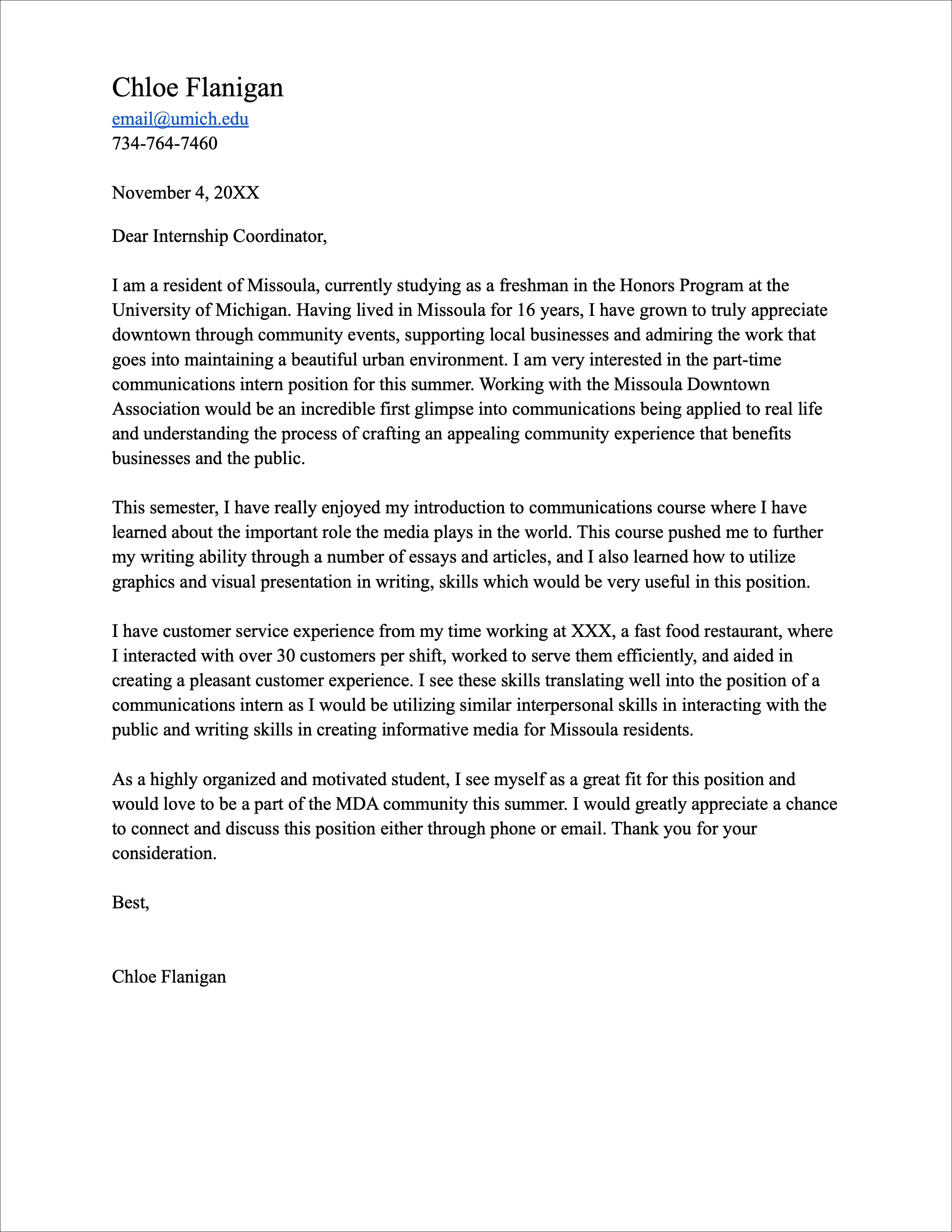
Focus on experiences that directly align with the requirements of the position or program. Describe your roles and responsibilities in detail, emphasizing the skills you developed and the achievements you made. Provide specific examples of how you applied those skills in real-world situations. Use the STAR method (Situation, Task, Action, Result) to structure your examples. Explain the context (Situation), what you needed to do (Task), what you did (Action), and the outcome (Result). By showcasing relevant experiences, you demonstrate your practical knowledge and abilities, making a compelling case for your candidacy. Make sure to highlight achievements and accomplishments that are relevant to the specific position.
Quantifying Your Achievements
Use numbers and data to quantify your achievements and demonstrate your impact. Instead of saying “improved customer satisfaction,” say “increased customer satisfaction by 15%.” Instead of saying “managed a team,” say “managed a team of 10 employees and increased productivity by 20%.” Quantifying your achievements provides concrete evidence of your skills and accomplishments. It makes your cover letter more persuasive and shows that you can deliver tangible results. Quantifiable achievements make a strong impression, making it easier for the reader to understand the impact of your work and contributions.
Demonstrating Your Berkeley Fit
Research Berkeley’s values, mission, and culture. Explain how your skills, experiences, and goals align with those aspects. Mention specific faculty members, programs, or research areas that interest you. Demonstrate that you understand Berkeley’s unique strengths and what makes it a great place to learn or work. Express your enthusiasm for contributing to the Berkeley community. Show that you are a good cultural fit and can thrive in a dynamic academic or professional environment. Showing you are a good fit requires genuine research into the institution.
Expressing Your Interest and Enthusiasm
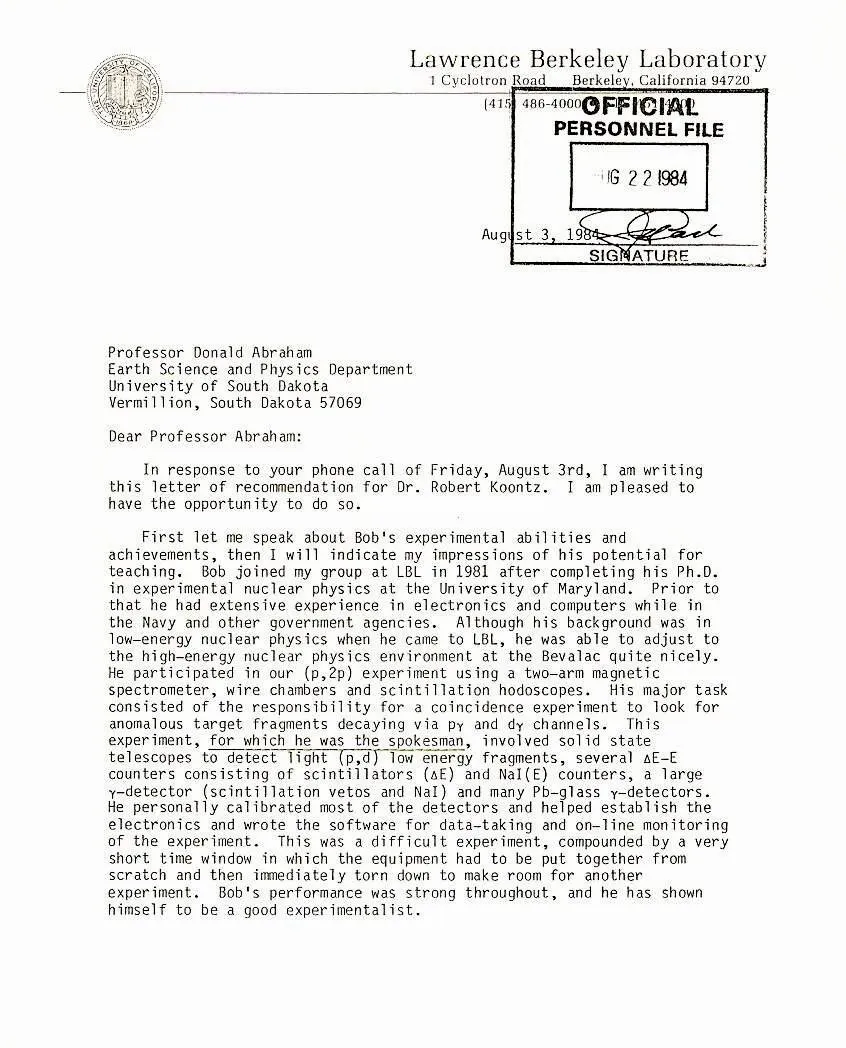
Convey your genuine interest in the specific position or program and in Berkeley as a whole. Explain why you are passionate about this opportunity and what motivates you. Discuss how this role or program aligns with your career goals. Show that you are excited about the prospect of contributing to Berkeley’s mission. Use enthusiastic language and positive tone throughout your cover letter. Demonstrating your interest and enthusiasm will help you stand out and make the reader remember you. Passion is contagious, and it can significantly impact the impression you make.
Structuring the Body Paragraphs
Structure your body paragraphs logically, using clear topic sentences. Use a few well-written paragraphs, each focused on a specific aspect of your qualifications or interest. Vary sentence structure and use strong action verbs to maintain the reader’s interest. Make sure each paragraph supports your overall message and contributes to your narrative. Organize your thoughts and information in a way that is easy to follow and understand. Proper paragraphing makes your letter much easier to read and digest.
The Closing Paragraph
In your closing paragraph, restate your interest in the position or program. Summarize your key qualifications and emphasize why you are a strong candidate. Include a call to action, such as expressing your availability for an interview. Thank the reader for their time and consideration. End with a professional closing, such as “Sincerely” or “Best regards,” followed by your typed name. The closing paragraph should reiterate your enthusiasm and leave a lasting positive impression, encouraging the reader to take the next step.
Polishing Your Berkeley Cover Letter
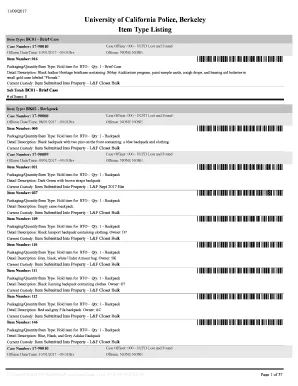
Proofreading and Editing
Proofread your cover letter carefully for any grammatical errors, typos, or inconsistencies. Check for clarity, conciseness, and coherence. Ask a friend, career counselor, or family member to review your cover letter. Multiple proofreaders can catch mistakes you may have missed. Ensure your cover letter is free of any errors that could undermine your professionalism. Proofreading is critical to making a good first impression. Always review your work before submitting.
Formatting Guidelines
Use a professional font, such as Times New Roman, Arial, or Calibri, with a font size between 10 and 12 points. Maintain consistent formatting throughout your cover letter, including margins, spacing, and indentation. Use single spacing within paragraphs and double spacing between paragraphs. Ensure your cover letter is easy to read and visually appealing. Follow specific formatting guidelines, if provided by the employer or program. A well-formatted cover letter demonstrates your attention to detail and professionalism.
Cover Letter Examples for Berkeley
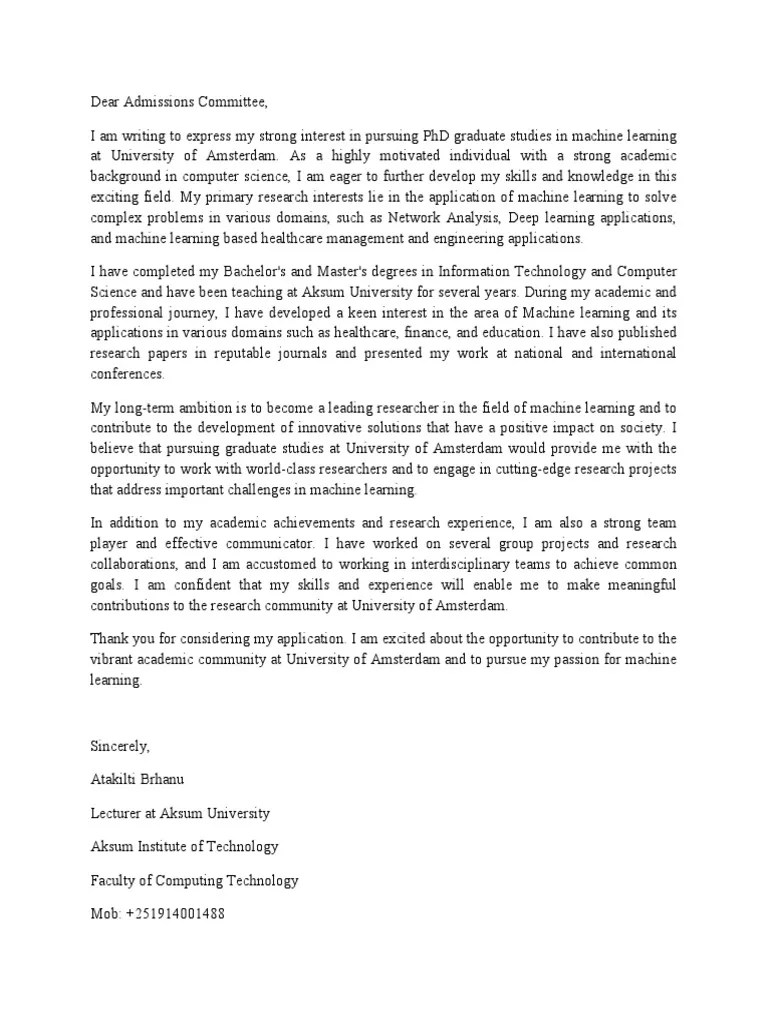
Review sample cover letters to get ideas and inspiration. Look for examples that are relevant to the type of position or program you are applying for. Adapt the examples to fit your specific skills, experiences, and goals. Pay attention to the structure, language, and tone used in the examples. There are many resources online, from career websites to university pages that offer sample cover letters for a variety of situations. Use these samples as a guide, tailoring them to reflect your unique qualities and experiences.
Sample Cover Letter 1
This section can include a short sample cover letter example, showcasing a well-structured letter for a specific scenario, like applying for a research assistant position at a Berkeley lab. The example should highlight the key components discussed above and provide a template for readers to follow, illustrating how to tailor the content to a specific opportunity and demonstrate the candidate’s fit with the institution’s values and research focus.
Sample Cover Letter 2
Include a second sample cover letter tailored to a different scenario, such as applying for a graduate program at UC Berkeley. This example should focus on highlighting the applicant’s academic background, research interests, and goals, demonstrating how they align with the program’s curriculum and the university’s academic environment. Like the first sample, it should provide a template to help readers create their own personalized letters, making sure to match the letter to the specific program.
Common Mistakes to Avoid
Generic Language
Avoid using generic language that could apply to any job or program. Instead, tailor your cover letter to the specific opportunity, highlighting your unique skills and experiences. Replace vague phrases with specific examples and quantifiable achievements. Show, don’t tell, by providing concrete evidence of your abilities. Make your cover letter stand out by showcasing your personality and enthusiasm. Avoid using overly common phrases that don’t offer any unique value.
Typos and Grammatical Errors
Typos and grammatical errors can create a negative impression, undermining your credibility. Proofread your cover letter carefully to catch any mistakes. Use grammar and spell check tools, but don’t rely on them completely. Ask a friend or family member to review your cover letter for errors. Ensure your cover letter is polished and professional. Even a single error can diminish your chances of success. Always make sure to review the letter multiple times before submitting.
Lack of Specificity
Avoid making broad statements without providing supporting details. Instead, provide specific examples that demonstrate your skills and experiences. Quantify your achievements whenever possible. Tailor your cover letter to the specific requirements of the position or program. Demonstrate your understanding of Berkeley’s mission and values. Specificity is crucial in making your cover letter more persuasive and compelling. Without specifics, your application won’t stand out.
Tips for Success
Tailoring to the Specific Role or Program
Customize your cover letter for each position or program you apply for. Read the job description or program requirements carefully. Highlight the skills and experiences that align with the requirements. Use the same keywords and phrases used in the job description. Show that you have carefully considered the specific opportunity and are a strong fit. Tailoring your letter to the role shows you have put in the work.
Highlighting Unique Qualities
Showcase your unique qualities and what sets you apart from other candidates. Mention any special skills, experiences, or achievements that are relevant to the opportunity. Demonstrate your personality and enthusiasm. Share your passion for the subject matter or the work. By highlighting your unique qualities, you will make your cover letter more memorable and persuasive. Make sure to connect those qualities to Berkeley’s goals and mission.
Following Up After Submission
Send a follow-up email a week or two after submitting your application. Reiterate your interest in the position or program. Briefly mention a key qualification or experience that you highlighted in your cover letter. Thank the hiring manager or admissions committee for their time and consideration. Keep your follow-up email concise and professional. Following up shows your genuine interest and initiative. However, don’t be too persistent; a single follow-up is usually sufficient. Also, always be polite and professional.
